IoT Based Approach in a Power System Network for Optimizing Distributed Generation Parameters
2019-06-12ShanmugapriyaBaskaranNayanataraandKothari
P.Shanmugapriya,J.Baskaran,C.Nayanatara, and D.P.Kothari
Abstract:The objective of this paper is to provide a robust Virtual Power Plant(VPP)network collaborated with Internet of Things(IoT)which uses a conceptual model to integrate each device in the grid.Based on the functionality all the devices which are purely distributed within the grid are networked initially from residential units to substations and up to service data and demand centres.To ensure the trapping of the available power and the efficient transfer of Distributed Generation(DG)power to the grid Distribution Active Control(DAC)strategy is used.Synchronized optimization of DG parameter which includes DG size,location and type are adopted using Dispatch strategy.The case studies are optimized by rescheduling the generation and with load curtailment.Maximized Customer Benefit(MCB)is taken as an objective function and a straight forward solution is given by heuristic search techniques.This method was vindicated in a practical Indian Utility system.This control proposes better performances,ensures reliability and efficiency even under parameter variations along with disturbances which is justified using IEEE 118 bus system and real time Indian utility 63 bus system.Results reveal that the proposed technique proves advantages of low computational intricacy.
Keywords: Customer benefit,distributed generation,internet of things,virtual power plant,distribution active control.
1 Introduction
The electricity is confronted by critical challenges namely,growing energy demand,high technical and commercial losses,concern on reliability and quality of power.Analysing the augmented complexities in every division of electricity assessment chain,it is sensible to introduce intelligence in all fronts of power sector through IoT which facilitate competent and trustworthy end to end intelligent two-way delivery system from generation to consumer load.DG integrated with IoT gives the interconnection of modern communication and information technologies along with control and automation process across entire electricity sector comprising of generation,transmission,distribution and the consumer.DGs capabilities to self-manage and define operational strategies concerning islanding mode and self-reconfiguration makes it the ultimate source for welfare maximization.
DG is used to improve reliability,flexibility,voltage profile and for the reduction of loss[EI-Zonkoly(2011)].DGs are parallel connected to the utility grid and are placed in the availability of resources.The researchers have focussed their contribution mainly on optimizing the location of DG parameters for power loss minimization.Improper location and sizing of DG device can cause imperil in the distribution system which was discussed by Wang et al.[Wang and Nehrir(2004)].
The network integration definition for the distribution generation in competitive electricity market was proposed in Baskaran et al.[Baskaran and Palanisamy(2006)].The Newton Raphson(NR)method was used for solving contingency analysis for benefit maximization in Acharya et al.[Acharya,Mahat and Mithulananthan(2006)].The incremental fuel cost and the penalty factors was taken into consideration.The maximization of Total social Welfare was given byZhiyu et al.[Zhiyu,Hai-Ni,Shaoet al.(2016)]using Predictor Corrector Interior Point Nonlinear Programming method.The optimal sizing and placement of the capacitor using intelligence technique was simulated in Moghaddas et al.[Moghaddas and ElaheMashhour(2009)]to maximize the net savings in the electrical power sector.The importance of DG technologies which could deliver better possible locations for evaluation of maximum capacity was validated by Zareipour et al.[Zareipour,Bhattacharya and Canizares(2004)].Loss reduction was taken as an objective function in Celli et al.[Celli and Pilo(2001)]and search algorithm was adopted in a radial distribution system.The power flow injection method was taken into consideration in the above research.
A model for Distributed Generation that works in mixed integer non-linear programming was derived in Jiang et al.[Jiang,Zhang and Zhao(2016)].The system performance was tested using IEEE 14 bus test system.The DG optimization equation was derived based on the power injection model for variable load growth[Atzori,Iera and Morabito(2010)].The various sensors and the data storing concept were given by the authors.This makes the researchers to work towards the various optimization strategies using distributed generation.
In Nayanatara et al.[Nayanatara,Baskaran and Kothari(2016)]the author discloses the DG devices to recover the voltage profile,stability and reduction of losses and congestion using simulated annealing optimization method with forward/backward sweep method of load flow analysis.In Hosseizadeh et al.[Hosseizadeh and Salmasi(2015)]the dispersed resources like PV cell,wind generation,battery storage and fuel cell located in meshed network for distribution system were utilized to minimize transmission loss of selected line by using second order algorithm.
In this work,the main aim is to make existing infrastructure more robust and reliable by maximizing the total customer benefit using IoT based hybrid optimization algorithm.This assures demand side participation ensuring sustainability of supply through DG integration and it promotes green and clean environment.In addition,the IoT with DG enhances the forecasting by gradually performing the role of conventional power plants and thereby assuring a balanced grid.Since all these objectives are simulated concurrently a heuristic Probability Based Incremental Learning(PBIL)with Fire Fly Algorithm(FFA)procedure is proposed.Therefore,for prioritizing the objective function by eliminating the improbability,optimization of all DG parameters i.e.,size,type and location are simulated simultaneously in the IEEE 118 bus distribution and in a real time Indian Utility 63 bus system.
Based upon the literature survey it is analysed that the researches have formulated the mathematical model for all DGs and the various objective functions are optimized.But in practical environment all the parameters should be analysed in dynamic condition.This factor should be taken into consideration in solving power system problems.
Therefore,the main objective of this paper is to propose a new hybrid optimization technique to integrate the DG parameters by concurrently optimizing the location,size and type of DG combined with energy sources.The contradicting objectives are satisfied by performing the sensitivity and the selectivity analysis.The objective function is achieved by having different grouping of this DG and energy sources for a variable energy demand and it is repeated for 1 year.Thus,the aim of minimizing the power loss,generation cost,emission and maximizing the customer benefit is achieved by taking four test cases in a large-scale distribution system network.
The research methodology adopted is organized as follows:The current and power injection modelling of all DG devices is stated in Section 2.The dispatch strategy adopted and the formulations for maximizing the total customer benefit are given in Section 3.The IoT based optimization strategy with real time implementation is given in Section 4.Simulation results with the implementation of hardware is shown in Section 5 and the leading contributions and conclusions are given in Section 6.
2 Mathematical modelling of VPP devices
2.1 VPP devices
Large Scale energy storage devices shall act as energy reservoir injecting electricity in maintaining grid parameters during contingencies such as sudden loss of renewable power etc.It shall also provide thrust for use of surplus renewable energy available during off peak hours,which can be stored.Storage technology broadly includes Battery,the hybrid power generation which is more promising methodology is adopted here,by integrating all the DGs to provide continuous support and the IoT based two-way communication will make the change in the dispatch strategy based on the control signal received.The current injection modelling is used in order to avoid the possible fault in the Grid.
2.1.1 Battery-backup1
Batteries store energy in chemical form during charging and it discharges electrical energy when connected to a load[Hosseizadeh and Salmasi(2015)].Based on the dispatch strategy they are either charged or discharged.
The extreme price for charge state of a battery is given as:
Nbtp=total count of batteries connected in parallel
Cnc= nominal capacity of a battery
Nbat=total count of batteries connected in series
DISmax= Amount of discharge
CN= Rated Capacity
2.1.2 Ultra capacitor-backup2
The current input and voltage input of the ultra-capacitor during charging periodis expressed as:

The ultra-capacitor can be connected either in series or in parallel to form ultra-capacitor banks.
Ici= Current injected by the ultra-capacitor
Rpac= Accumulated charge
IT= Total current
Rse= Series Resistance
2.1.3 Fuel cell-backup3
Diesel generator is another source of back- up considered in the hybrid power generation.

DSconH=converter configuration in expansion planning
NRFC=nominal value of fixed capacitor
AFC=minimum value of fixed capacitor
BFC=Cost of expansion planning
Pmaxand Pnom=Maximum and nominal power rating
Faef=Load shedding value
The Eq.(5)represents the interruption time which occurs due to a fault in the system,while the Eq.(4)represents a cost for not supplying the load during the entire period.
2.1.4 Modelling of PV-cell- category 1
The controller design plays a huge role in DG model of PV cell.The power factor for this type of DG based on power injection model will be unity.Active Distribution Rejection Control(ADRC)technique is applied to improve the stability performance of the PV system connected to the grid through an LCL filter.

gpqand bpq=conductance and susceptance
θiand θj=Angle of bus I and bus j
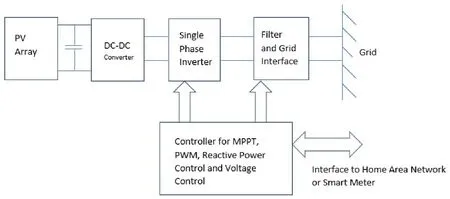
Figure 1:Representation of category1 DG
The inner loop,also referred to as the disturbance rejection loop,is responsible for compensating the total disturbance.The outer loop,also referred to as the feedback control loop,is responsible for realization of the desired signal by using a feedback controller.
2.1.5 Modelling of synchronous compensator-based gas turbines-category 2
Synchronous generators are connected to the grid through power converter.The equation for this type of DG is derived and given as follows:
2.1.6 Modelling of wind turbine-category 3
The wind farms which use induction generators fall under this category 3 DG.This type supplies real power and absorbs reactive power.The amount of reactive power that is consumed is given by the following equations:
As voltage is directly proportional to reactive power and to justify the uncertainty the power factor is taken as a variable parameter which varies ranging from 0 to 1.
3 Objectives of distributed generation planning
The multi input,multi output system is described as(MIMO).
Recently,the focus of researches is in the economic aspects of DG.The approaches that were used previously try to get the best solution only with minimum power loss by not considering the dispatch strategy.
Here the research mainly focuses on the proper allocation of DG devices with their dispatch strategy aims to guarantee the maximum benefit to the consumers with considerable generation cost.The widest formula that aims to minimize the investment expenditure(IE)and it is given by:

i is interest factor in per cent
“EC” is the entity cost $/KW &“S” is the total size of the DG

Where,
ICC:Customer interruption cost,
LRR:Revenue for loss minimization per year
RPS:Utility saving
IC:Preliminary cost of DG in($)/year
OP:Operation cost of DG(i)in year(j)($)
MC:Maintenance cost of DG(i)in year(j)($)
TC:Transition cost of DG
CU1- Feeder upgrading cost;
Csop - Substation investment and expansion;
CODG- the investment and operation costs for DG.

3.1 Customer benefit maximization
Maximized Customer Benefit(MCB)is the summation of
Consumer Surplus+provider Excess
The vital planner maximizes,
MCB=(Customer Utility-Electricity Cost)+(Sales Revenue-Supply Cost)
The objective function Maximized Customer Benefit(MCB)is a quadratic equation with the demand and the generation.Thus,the function gives the total assessment of the excess,calculated in each group.Thus,the optimal size for maximizing the objective function is given by:

To achieve maximum customer benefit the additive load should be equal to the size and the power factor of DG.
3.1.1 Equality constraints:

3.1.2 Inequality constraints:
Real power generation limits:

where
N=Number of buses
di,ajandgk=Cost coefficient of demand,generator and DG buses
ei,bjandhk=Supply and maintenance cost coefficients of the respective buses
fi,cjandlk=labour cost coefficients of the respective buses.
Yij=Bus admittance value between buses i and j
θij=angle of admittance
QGimaxandQGimin=reactive power limits
The total energy management indicates the loss in the system which can be calculated using the equation:

are the kjthelement of[Zbus]matrix

The placement of DG was done based on the ascending order of the Voltage Deviation Index.
4 IoT based VPP optimization for placement
The motivation of this IoT based hybrid algorithm is that the traditional approaches fail to solve this kind of combination as they are based on the derivatives of the objective function.IoT is a packet based wireless communication service and it is recognized as the best platform for networking services.
Device language message specification which is used in IoT is a methodology adopted in this research which uses the concept of abstract modelling of communication entities.It provides an interface between the Generation and Distribution control and the communication protocols.Thus,it provides interoperability between all devices that any device data management system can talk to any device,independently of the manufacturer,the type,rating and the communication media.Thus,the solution obtained will also eliminate the ambiguity and assure a preventive control solution.Fig.2 gives the cloud strategy adopted in our research from generation to distribution.
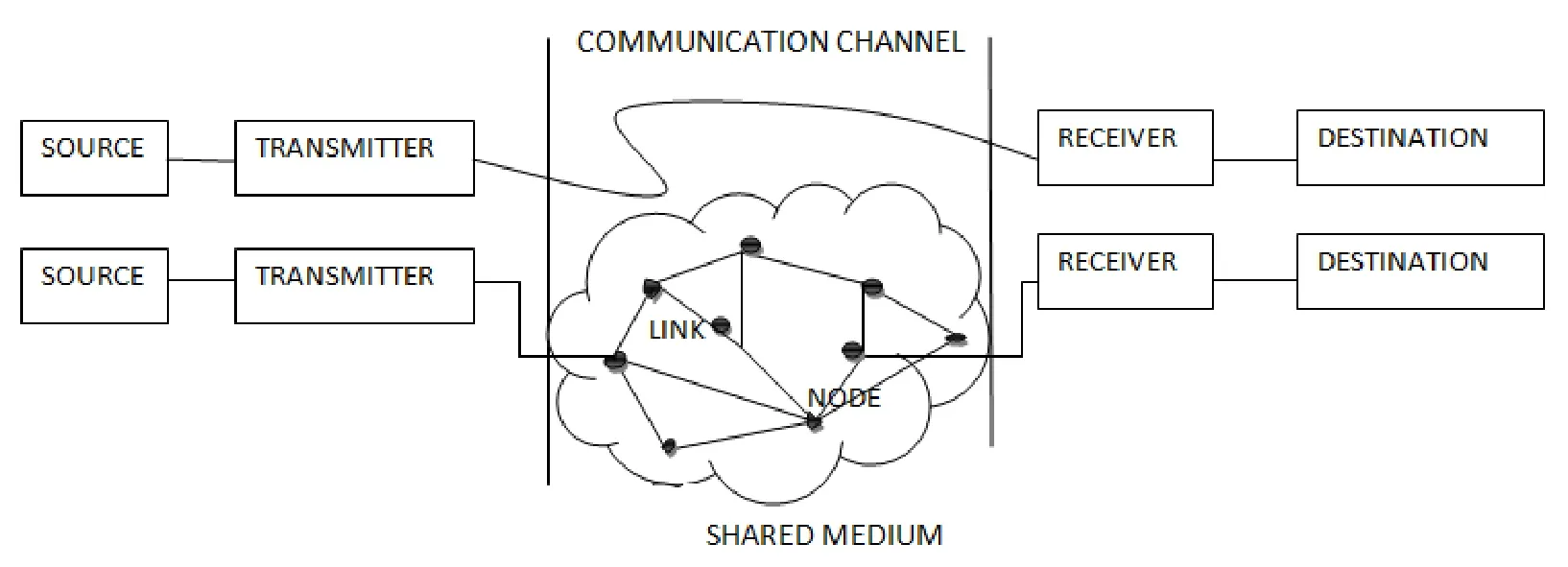
Figure 2:IoT based hybrid optimization model
4.1 Implementation of IoT based hybrid optimization algorithm
4.1.1 IoT approach-1
DGs will meet the load under perfect demand forecast.If the output of the DG is more than the demand it will charge the battery and in converse if the load is more than the power output of DG,the batteries starts discharging.If the shortage of power still persists,then the rescheduling and load curtailment will come into operation.This assures the reliability of power under all conditions by using IoT based optimization.
4.1.2 IoT approach-2
The priority scheduling system is adopted to meet the demand in case of medium and low load conditions.
4.1.3 IoTbased hybrid optimization
A kalman filter based PBIL optimization technique is used with Firefly technology to avoid the uncertainty nature of DG.The sensors estimate the state of DGs and the algorithmic steps given below indicates the monitoring and controllability of DG.The PBIL system is used to draw a real population of candidates.The vector yields a temporary pool of solution which is evaluated based on the probability vector and the possible combinations of DGs are taken to the next Fire Fly Algorithm.
The movement of fireflies towards brightest firefly can be mathematically computed using the Eq.(26)and the new location of fireflies with respect to brightest firefly is computed as

where α is randomizing coefficient and ε is the randomization vector.In this work,the best value chosen for α is 0.3 from the range of 0-1.The value of ε is chosen in the range of 0-0.5 randomly.The value of ε is randomly chosen as 0.3623 for first firefly and 0.4097 for third firefly while the new locations of fireflies are computed.
The implementation of IoT based hybrid algorithm is explained as:
1.Read line data,bus data,rated transmission line MVA ratings,maximum and minimum limit of generator's real power(PGi),reactive power(QGi),voltages(VGi),cost coefficients of generator's(CGi),and DG devices control parameters limits
2. Set number of fireflies(Population Size),size of a firefly(number of Control variables),Number of iterations or Generations,minimum and maximum limit of voltages for all load buses,system load ability range[1.0,2.0],firefly's initial attractiveness(β0),absorption coefficient(αc),randomizing coefficient(λ),randomization vector.
3. Randomly initialize the population vector comprising of all the control parameters within their limits.
4. Perform load flow analysis using Newton Raphson method implementing rescheduling of generator's real power to its maximum capability.
5. Check the maximum MVA ratings of transmission lines and voltages of all the buses.
6. Repeat steps 2 to 5 until hard constrains are satisfied and population is created.
7. Calculate the fitness function(Objective function)for each population vector(Xj)and determine the brightest firefly.
8. Calculate the distance of all fireflies from the brightest firefly
9. Determine the attractiveness of all fireflies
10.The movement of all fireflies towards the brightest firefly is calculated and this provides a new set of control variables.
11.Perform load flow analysis using Newton Raphson method and determine the fitness function(Objective function)for each population vector(Xj)that acts as brightest firefly.
12.Repeat steps 8 to 11 until stopping criteria are satisfied.In this work,Maximum number of iterations is chosen as the stopping criteria.
13.Print the optimal solution after stopping criteria is satisfied.
Pseudo code for local search

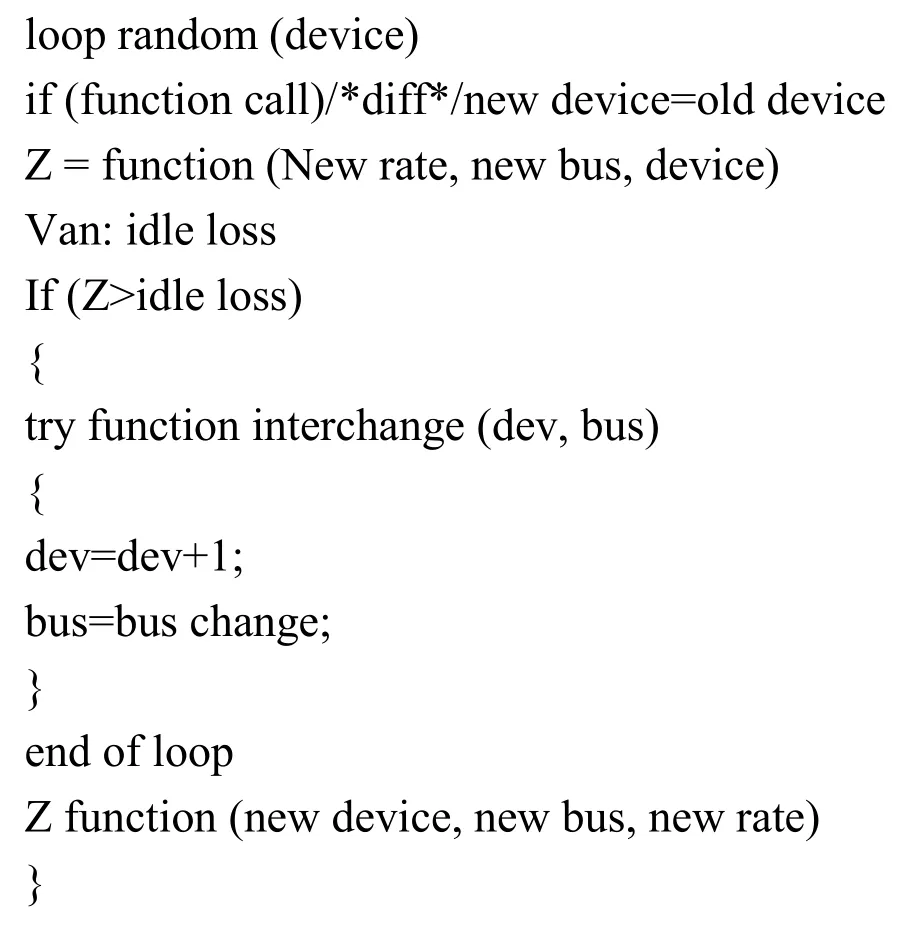
4.2 Objective function
The main aim of this research is to integrate the IoT concept using DG devices by optimally tuning the parameters maximizing the customer benefit which in turn reduces the congestion and real power loss.
The Reliability Index(REIND)is calculated for each type of DG based on probable power not served(PPNS)

Where Wk€[0,1]
5 Simulation results
IEEE 118 bus system and Indian Practical Power System 63 bus system are chosen for testing the effectiveness of IoT based hybrid optimization in enhancing the system performance of power system with the implementation of DG parameters.
The initial justification of IoT was done by increasing the load ability limit from 100% to 200%.The loading capability limits reveal the success of DG and the corresponding power loss is graphically represented in Figs.3(i)and 3(ii). The voltage Deviation Index is maintained constant as 1.0p.u by placing DG in optimal location.
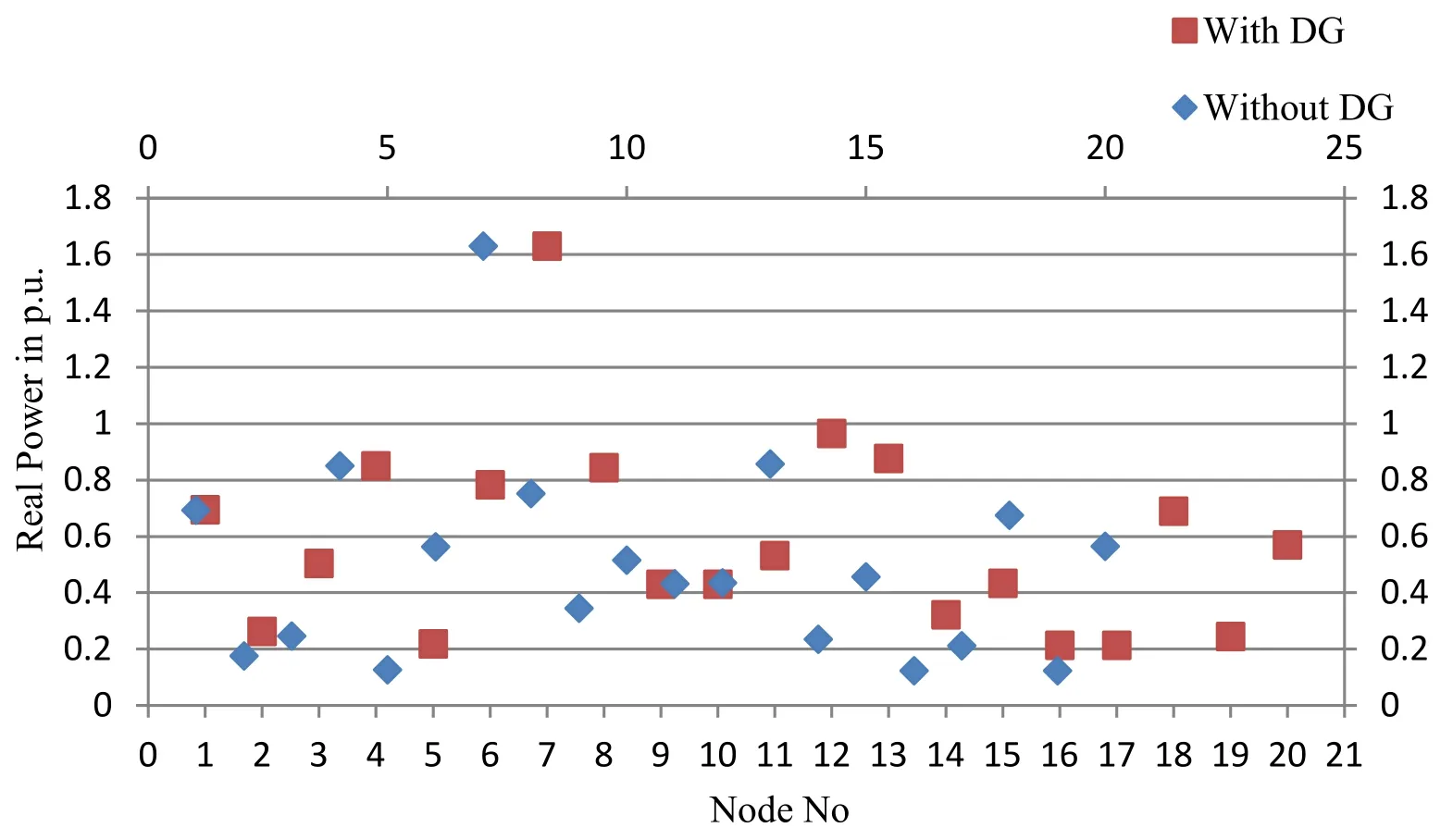
Figure 3:(i)Normal loading conditions with and without DG
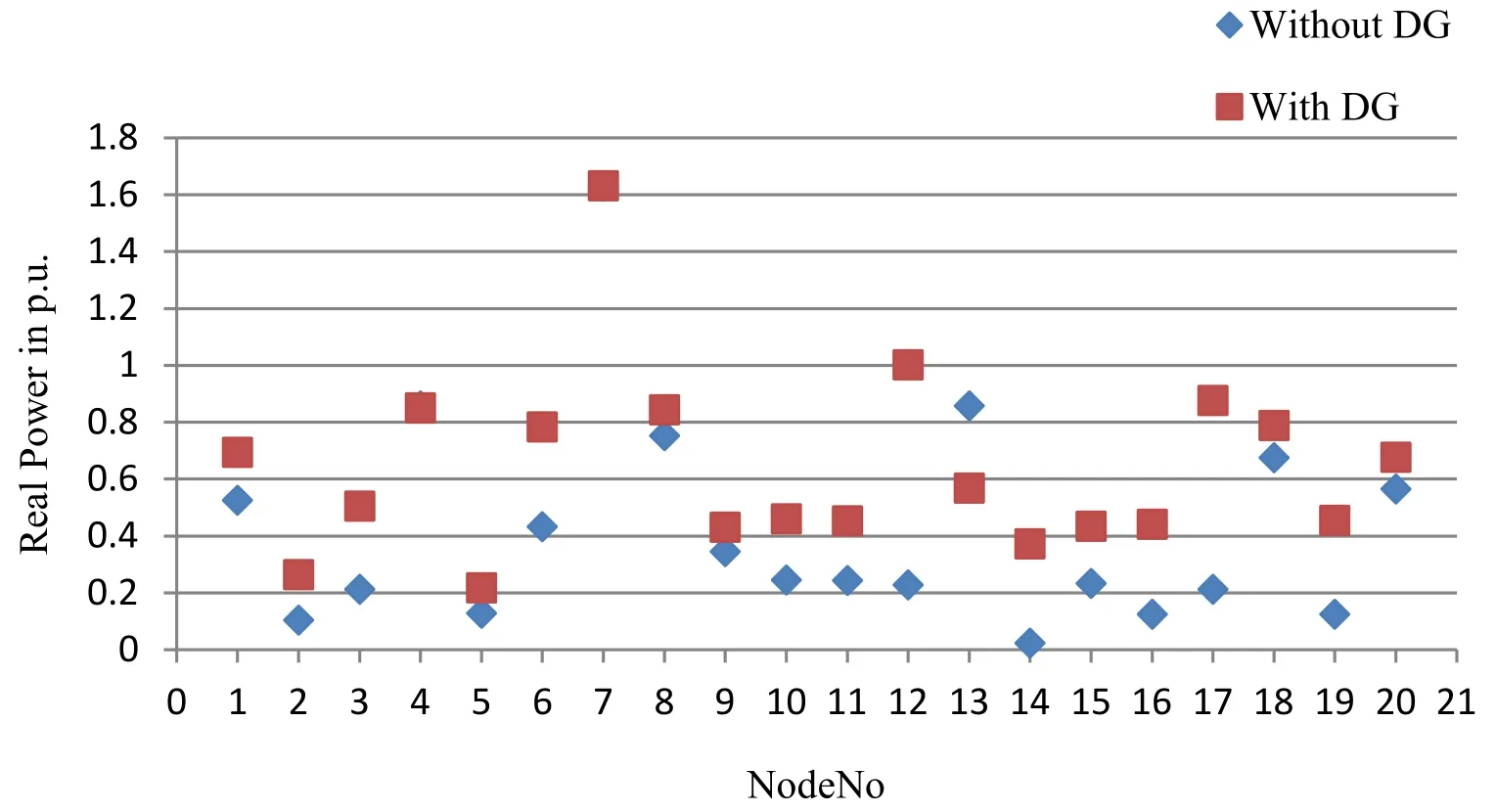
Figure 3:(ii)Double the loading condition with and without DG
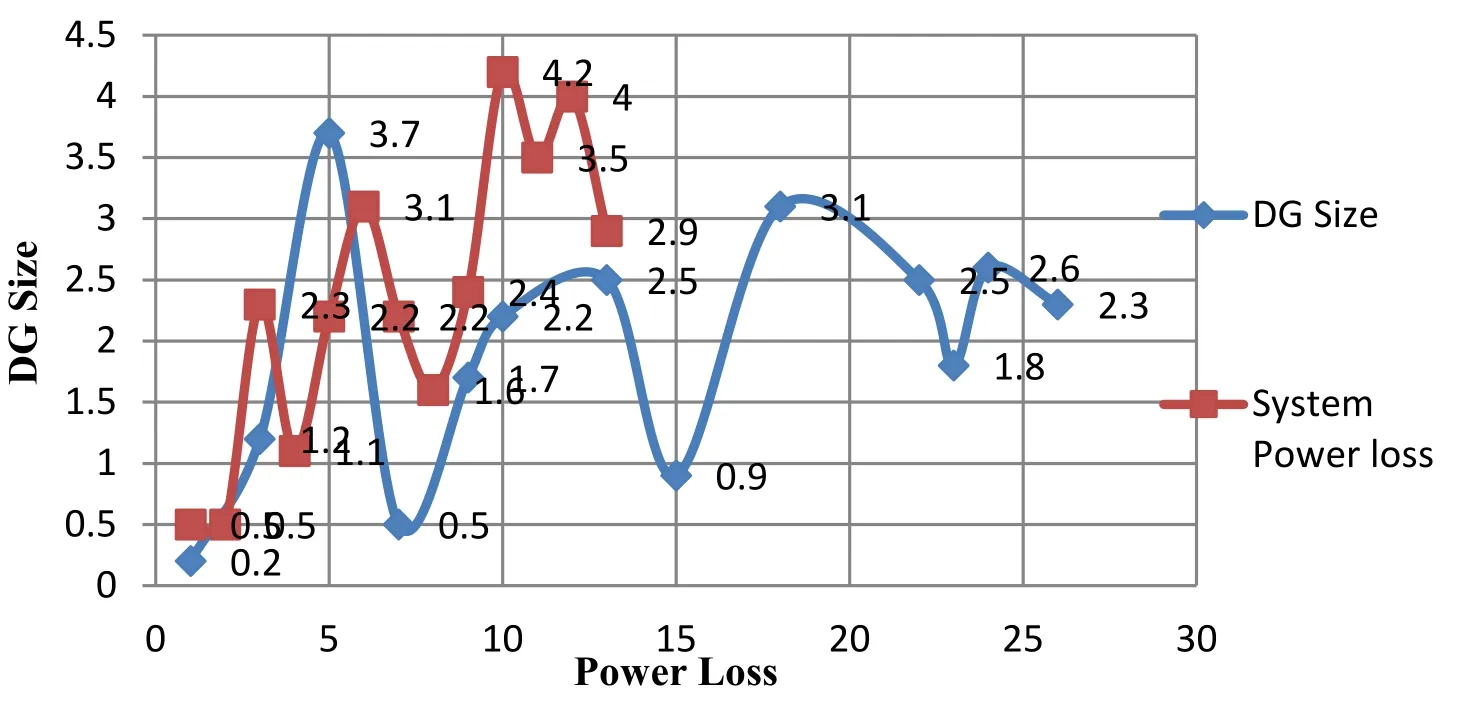
Figure 4:Loss with DG size
The basic hardware for IoT implementation was done and by using Power line communication model with Wi-Fi unit at the consumer side and the supply unit consists of step-down transformer and a bridge rectifier to convert AC to DC.Max 232 is the serial communication used as a logic level voltage controller.Generation and load unit sensor connected to the energy meter will notify the congested bus through the PLC modem which is displayed on the terminal window.
5.1 Base case optimization
Based upon the load curve the load has been divided into peak,medium and low duration curve.The congested bus was identified and DGs are placed with their optimal storage unit to satisfy the power loss minimization.The power loss with and without DG was simulated by concurrently optimizing all the DG parameters which is given as scenario I result.Scenario II results show all the power system cases and the achievement of objective function.
5.1.1 Test case 1-IEEE 118 bus system
The proposed combined approach of IoT algorithm for solving multi objective problem is tested on IEEE 118 bus system using VC++.The simulations are stopped when a maximum number of solutions have been visited.This value is adapted in the function of the size of the search space.In this work,the search space depends on the following:
i) The number of congested buses of the power system.
ii)The two-way communication and
iii)The number of possible sizing value for a device to get the maximum benefit.
The chosen total number of generations is 300.There are 18 individuals in each generation with the crossover and the mutation rates of 80% and 5% respectively. The optimal combination with their dispatch strategy for minimizing the power loss with and without IoT is simulated and the results are tabulated in Tab.1.
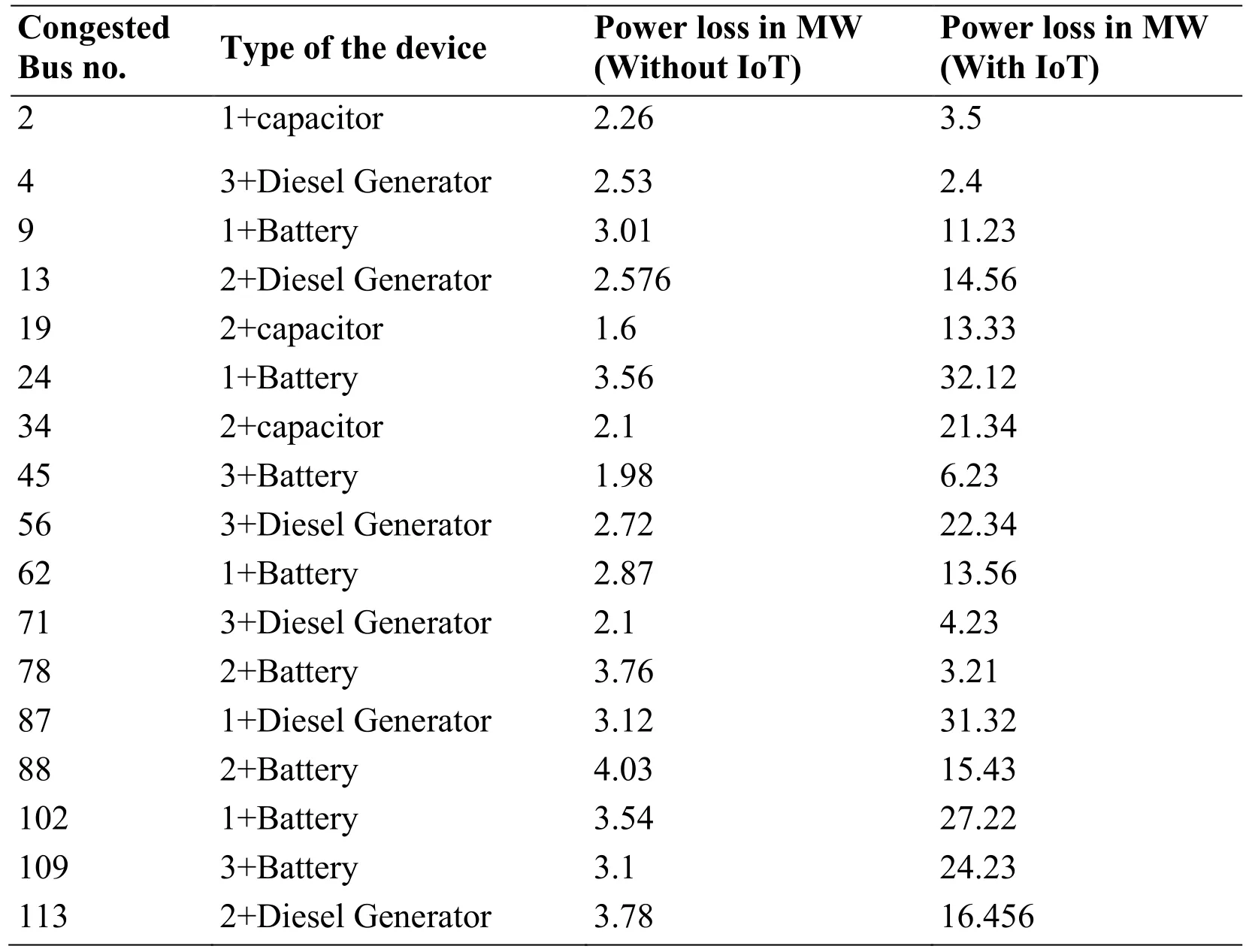
Table 1:Scenario-I:Simultaneous optimization for welfare maximization in IEEE 118 bus system
The Scenario-I results indicate the number of category 1 and category 2 DG device selections.The loss minimization is achieved using Type 1 DG with battery storage by individually optimizing the control parameters.The method is extended to four possible case studies and the generation and the load to be a variable parameter the achievement of objective function is simulate and tabulated in Tabs.2,3,4 and 5.

Table 2:Scenario-II:Analysis of Case(i)-Generation rescheduling in IEEE 118 bus system(150↑)

Table 3:Scenario-II:Analysis of Case(ii)-Generation rescheduling with DG devices in IEEE 118 bus system(150↑)

Table 4:Scenario-II:Analysis of Case(iii)-Generation rescheduling with load shedding in IEEE 118 bus system(155↑)

Table 5:Scenario-II:Analysis of Case(iv)-Generation rescheduling with load shedding and DG Devices in IEEE 118bus system(155↑)
The result from Tabs.2-5 demonstrate that the IoT based optimization technique is able to change the generation which depends on the sensor output and thus last the maximized customer benefit is obtained.
5.1.2 Test case 2-indian utility NTPS 63 bus system(real time)
The same way of test scenarios for real time NTPS 63 bus system are computed using IoT sensor based PBIL-FFA algorithm.The loss minimization for the rated values of DG devices is depicted and similarly the simultaneous optimization of the real time system is simulated and tabulated in Tab.6.
The results reveal the successful implementation of IoT based hybrid PBIL-FFA approach for real time system.The minimum power loss is obtained in Type 3 DG device with capacitor back up.The Case study-based optimization is done using PBIL-FFA.The results prove that the achievement of all the objectives and the proposed method is proved to be the best by giving two-way results and it is shown in Tab.7.
The method proves its adaptability in a real time system too by achieving the maximized benefit by taking load to be variable parameter.The rescheduling of generation and the communication received from the end side makes the successful implementation of DG in a real time network.

Table 6:Scenario-II:Generation cost and power loss for 4 cases in NTPS 63 bus system

Table 7:Scenario-II:Analysis of Case(i)-Generation rescheduling in NTPS 63 bus system

Table 9:Scenario-II:Analysis of Case(iii)-Generation rescheduling with load shedding in NTPS 63 bus system

Table 10:Scenario-II:Analysis of Case(iv)-Generation rescheduling with load shedding and DG Devices in NTPS 63 bus system
The results demonstrate that when two-way communications received,the customer will get maximum benefit with the proper utilization and combination of DG devices.
6 Conclusion
In this paper,a straightforward and efficient IoT methodology is developed for effective utilization of DG devices by properly tuning and by adapting a coordinated dispatch strategy.Therefore,it gives a swift inference for the solution.The social welfare which is the crucial issue and a need of the day is successfully implemented in a larger IEEE118 and in a real time Indian Utility 63 bus System.The proposed IoT based hybrid optimization algorithm proves in solving more complex problems in a competent way.The different case studies that have been simulated in this paper proved that IoT based intelligence technique will not only monitor but also able to protect under any abnormal conditions.The test system indicates the reliability and a new promising sector in the power distribution system as the simulation starts from basic planning to the advanced level.The overall competence and the system performance are proved to be the best.The hybrid optimization is a reliable method for mitigating the uncertainty by appropriate scheduling of distribution network.The work can be further extended to reduce the processing time of each algorithm.The heuristic algorithms employed in the present work can also be implemented for power system problems such as:reduction in the size of the DG devices,power flow control and stability problems,economic dispatch and unit commitment problems and Automatic Generator Control and Load Frequency Control problems.
杂志排行
Computer Modeling In Engineering&Sciences的其它文章
- An Automated Approach to Generate Test Cases From Use Case Description Model
- Hybrid Deep VGG-NET Convolutional Classifier for Video Smoke Detection
- A Normal Contact Stiffness Model of Joint Surface Based on Fractal Theory
- Design of Smith Predictor Based Fractional Controller for Higher Order Time Delay Process
- Experimental Study and Finite Element Analysis on Ultimate Strength of Dual-Angle Cross Combined Section Under Compression
- 3D Bounding Box Proposal for on-Street Parking Space Status Sensing in Real World Conditions
